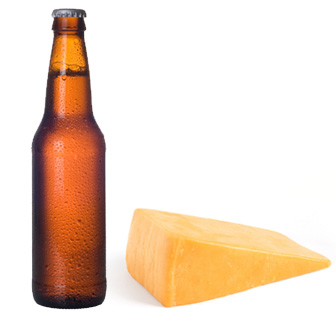15 March 2011

Source: Datamonitor
Globally, 38 percent of consumers consider themselves to be badly informed about how to match food and alcohol (wine and beer). This is especially the case in Asia, according to new research* from independent market analyst Datamonitor.
“Several factors such as habit, preferred brand, and price drive consumers’ choices in terms of alcoholic drinks. However, education aimed at making people feel well-informed is an obvious route for manufacturers”, says David Bird, a consumer markets analyst with Datamonitor. “This is very much the case for consumers in Japan (41%), Korea (46%), and China (54%)”. Australians are more likely to consider themselves to be well informed on how to match food and alcohol, as 65% of them claimed to understand such pairings.
The culture of consuming alcohol with food is not very common in the aforementioned Asian countries. Even during more formal occasions, the typical way to drink alcohol in these countries is to “down” drinks in one go, a method of consumption that does not allow time for sophisticated food and drink pairings.
“For example, in China, the rapidly emerging middle classes need to be educated to drink alcohol in a way that is conductive to being paired with food”, adds Mr Bird.
However, despite professing to understand such pairings, the majority consumers do not match food and alcohol on a regular basis. Indeed, according to a Datamonitor survey, only 15% of Australian drinkers claim to drink alcohol in the off-trade on a daily basis. As a result, sophisticated food and drink pairings tend not to be top of mind with these consumers.
“More simplified pairings fit with a key trend that has arisen from Datamonitor’s exclusive consumer research: the tendency for consumers to streamline their lifestyles, and the fact that consumers will be attracted to products and services that are easily understood with minimal effort” continues Mr Bird.
One of the key advancements in recent years has been the rise of new technologies, such as smartphone apps and social media, which could be used to make pairing food and alcohol more accessible and customizable for individual consumers, allowing users to account for their own individual tastes and preferences.
Mr Bird continues: “Successfully partnering with alcohol brands could be lucrative for food companies; as such a move could help to set them apart from the competition. Those that do partner with alcohol brands will find social media and smartphone apps important tools to educate consumers and increase awareness.”
